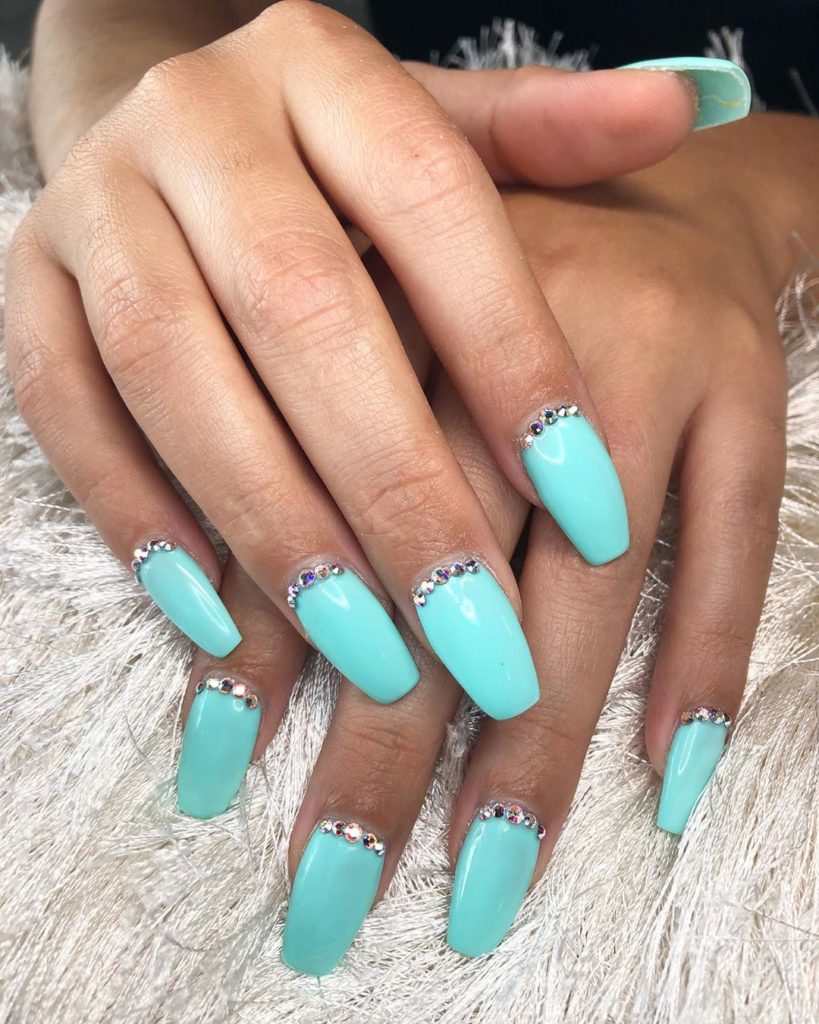The Cutting
We knew going to a dermatologist could cost a pretty penny (and we mean a pretty penny), but why pay it? Paying for a salon manicure means you have to wear a pair of clippers and hand scrub before the first cut — and that isn’t always a relaxing experience.
However, a less-expensive version of that could be covered by your insurance or Medicaid. You’ll have to be approved for the visit, though, and be prepared to pay for anything after that.
Here are the most important things to remember when going to your dermatologist for your nail and cuticle health.
What Your Dermatologist Is Going to Do
The dermatologist will make a diagnosis of your skin and its health; examine your skin’s texture and look for cuts and blisters (which means you may want to cleanse and moisturize afterwards); treat any ongoing issues, such as acne, eczema, or psoriasis; and help determine what, if any, treatment would work for you.
How Often You Need a Visit
If you’re already seeing your dermatologist for one issue, you may need a few visits per year.
ADVERTISEMENT
When You Should Schedule It
Generally speaking, a monthly visit with your dermatologist is a good idea. If you experience pain or a bad cut with a new procedure, discuss the most recent procedure with your dermatologist, whether it was skin patch laser therapy, chemical peels, or laser hair removal. If you suffer from acne, a weekly visit with your dermatologist is warranted.
How to Know when to Schedule It
If you’ve had multiple treatments, you may start to notice a change in the skin texture and color of your nails and cuticles, or you may be experiencing issues like unsightly dark under-eye circles or extreme acne.
When You Need a Look at Your Nails and Cuticles
If you really want to see how your hands or nails will look after treatment, you can schedule the visit for your next regular visit.
Why It’s Important to Get Nail Treatment
You shouldn’t try any new treatment while you’re already having difficulty with cuticles or nails, but if you’re not seeing results and your nail or cuticle pain isn’t subsiding, the dermatologist can advise you on if additional treatments are needed. That can be anywhere from a chemical peel to laser and radiofrequency treatments. (And if your skin is angry and red, it could even be a sign of melanoma.)
How to Say “No” to Nail or Cuticle Treatment
There are plenty of other things you can try, like mud masks, salicylic acid, and styling creams. If you’re doing that, it’s not a bad idea to get some beauty sleep, so avoid using nail products in the evening, or skip the heat treatments for a night of rest.
How to Know When to Say “Yes” to Nail Treatment
If you are planning to get laser treatment, get treatment within the first seven days after the treatment (this allows the treatment to work properly; otherwise, the laser could cause a blemish to grow longer and blemish darker). If you’re thinking about lasers for the first time, talk to your dermatologist about using that type of treatment if your skin’s not oily. Make sure you’re receiving an X-ray to ensure all of the wavelengths are being delivered. It can be a painful procedure; your dermatologist can warn you ahead of time.
How to Spot Ingrown Toenails
Sometimes ingrown hairs become a bigger issue than you first thought. If you notice this, contact your dermatologist immediately.
How to See a Hair Cutting
If you’re experiencing problems with hair cutting, have a spot on your skin that looks red, sore, and painful (for example, if you stubbed your toe), get a few appointments with your dermatologist. If the problem is noticeable, it could be the area where the hair is bleeding or splitting during the cutting process.


0 Comments on "Where to Get an Affordable Dermatology visit"